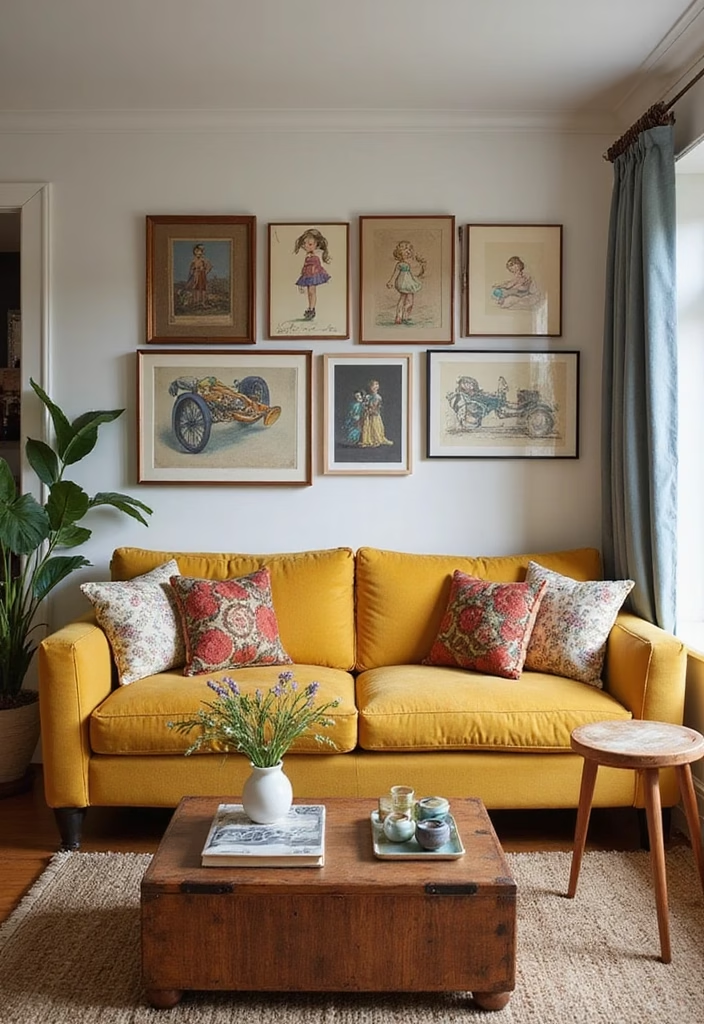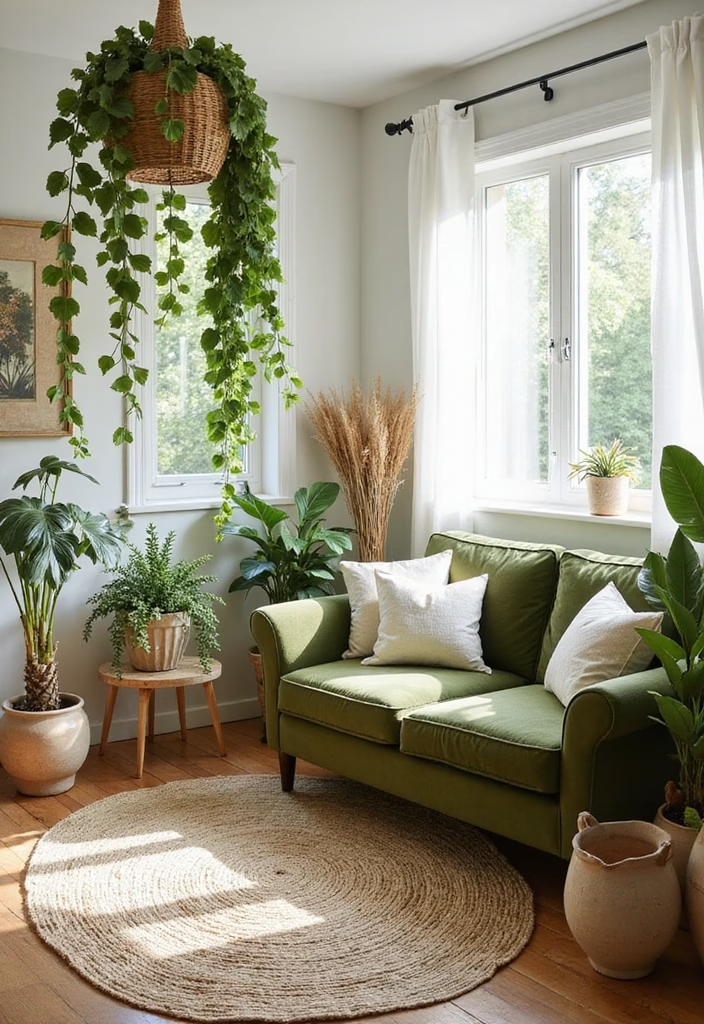Home decor prices can feel like a punchline to a joke nobody finds funny. That $500 vase? The $2,000 lamp? The rug that costs more than your car? Let’s dissect why your dream of a Pinterest-perfect home might require a second mortgage—and how to navigate the madness.

1. Materials & Craftsmanship
Luxury decor often uses rare, high-quality materials: marble quarried from Italian mountains, silk woven by third-generation artisans, or reclaimed teak older than your grandparents. Add labor-intensive techniques like hand-embroidery or kiln-fired ceramics, and prices skyrocket.
- Why it’s costly: Time + skill + scarcity = $$$. A machine-made vase takes minutes; a hand-blown glass piece takes hours.
- Budget hack: Seek small-scale makers on Etsy or local markets. Their markup is lower than big brands.

2. Labor Costs
Fair wages matter, but they add up. A single hand-tufted rug might take weeks to make, with weavers paid hourly. In countries with strict labor laws, these costs multiply.
- Why it’s costly: Ethical production ≠ cheap. Fast decor relies on underpaid labor; quality decor pays living wages.
- Budget hack: Buy vintage—someone else already paid the labor premium.

3. Brand Markup
Luxury brands charge for the name, not just the product. That $200 candle isn’t 10x better—it’s 10x more aspirational.
- Why it’s costly: You’re paying for marketing, store leases, and that Instagram ad that stalked you for weeks.
- Budget hack: Dupe the vibe. Target’s “designer collabs” mimic high-end looks for 1/10th the price.

4. Retail Markup
Stores tack on 50–200% to wholesale prices. Designer boutiques and flashy showrooms have higher overhead (rent, staff, lattes for interior stylists).
- Why it’s costly: That $800 side table cost the store $300. The rest covers their espresso machine.
- Budget hack: Buy direct from makers at craft fairs or online wholesalers.

5. Shipping & Logistics
Global decor means global headaches. Import tariffs, fuel surcharges, and “fragile item” fees inflate costs. A Moroccan rug might cross three continents before hitting your floor.
- Why it’s costly: Supply chain chaos + “white glove delivery” = $$$.
- Budget hack: Shop local. That maple coffee table made in your state skips import taxes.

6. Limited Editions & Collaborations
Scarcity sells. Brands partner with artists or designers for exclusive drops, hyping prices to “collectible” levels.
- Why it’s costly: Exclusivity = markup. That lamp isn’t just lighting—it’s a status symbol.
- Budget hack: Wait for sales or buy secondhand. Hype fades; eBay listings don’t.

7. Sustainability & Ethics
Eco-friendly materials and ethical labor cost more. Organic cotton, FSC-certified wood, and non-toxic dyes aren’t cheap—but they’re better for the planet.
- Why it’s costly: Sustainable practices require R&D and certifications. Fast decor cuts corners; slow decor doesn’t.
- Budget hack: DIY. Upcycle old furniture with non-toxic paint or reclaimed materials.

8. Trends & Demand
When a style blows up (looking at you, #cottagecore), prices soar. Retailers know you’ll pay more to keep up with the algorithm.
- Why it’s costly: High demand + low supply = inflated prices.
- Budget hack: Resist FOMO. Trends cycle—buy secondhand when the hype dies.

9. Customization
Tailored solutions—custom-sized sofas, hand-mixed paint colors, made-to-order curtains—cost more than off-the-rack.
- Why it’s costly: You’re paying for design time, prototypes, and the privilege of “no, more taupe.”
- Budget hack: Mix custom + ready-made. Splurge on a statement piece, then fill in with IKEA.

10. Psychological Pricing
High prices convince us something is “better.” Brands exploit this by inflating costs to signal quality, even when production is cheap.
- Why it’s costly: You’re paying for the idea of luxury, not just the product.
- Budget hack: Trust reviews, not price tags. A $300 rug with 5 stars > a $3,000 rug with none.
Final Takeaway:
Home decor is expensive because you’re paying for artistry, ethics, and sometimes pure illusion. But uniqueness doesn’t require a trust fund. Hunt vintage, support small makers, and remember: a home filled with love (and secondhand treasures) beats a catalog-perfect showroom.







